Songle Chen
VERAM: View-Enhanced Recurrent Attention Model for 3D Shape Classification
Aug 20, 2018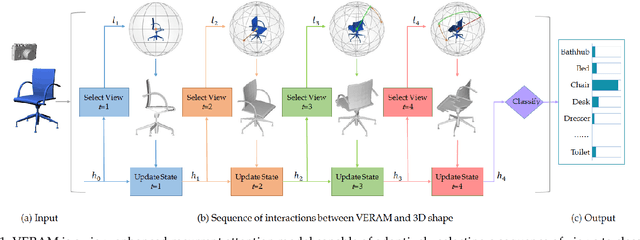
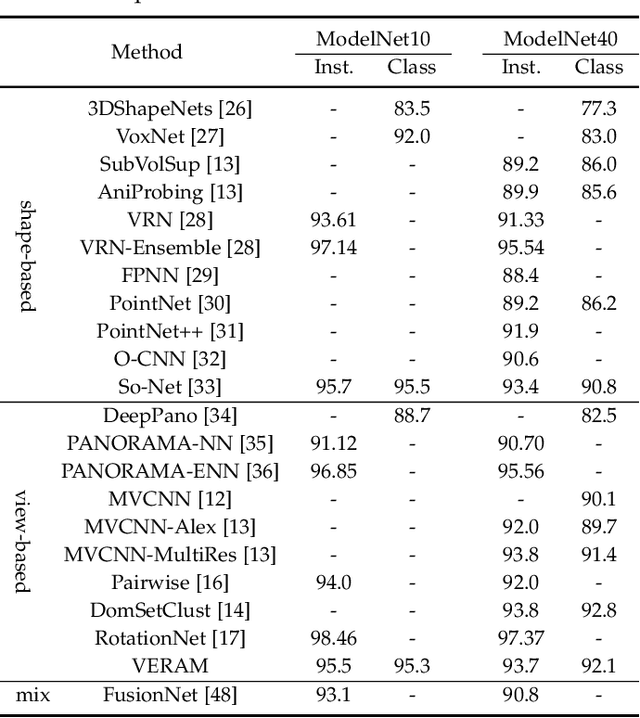
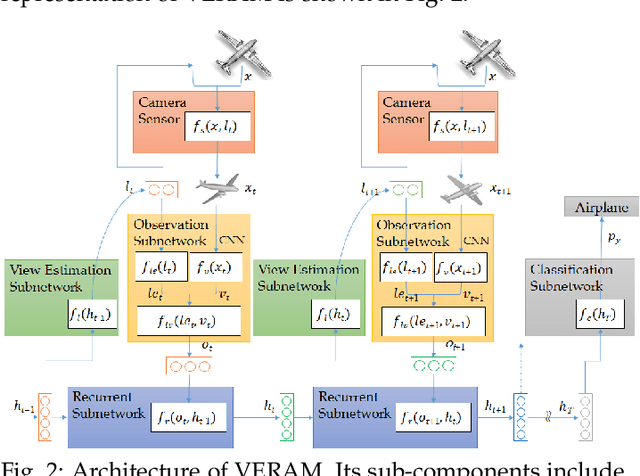

Abstract:Multi-view deep neural network is perhaps the most successful approach in 3D shape classification. However, the fusion of multi-view features based on max or average pooling lacks a view selection mechanism, limiting its application in, e.g., multi-view active object recognition by a robot. This paper presents VERAM, a recurrent attention model capable of actively selecting a sequence of views for highly accurate 3D shape classification. VERAM addresses an important issue commonly found in existing attention-based models, i.e., the unbalanced training of the subnetworks corresponding to next view estimation and shape classification. The classification subnetwork is easily overfitted while the view estimation one is usually poorly trained, leading to a suboptimal classification performance. This is surmounted by three essential view-enhancement strategies: 1) enhancing the information flow of gradient backpropagation for the view estimation subnetwork, 2) devising a highly informative reward function for the reinforcement training of view estimation and 3) formulating a novel loss function that explicitly circumvents view duplication. Taking grayscale image as input and AlexNet as CNN architecture, VERAM with 9 views achieves instance-level and class-level accuracy of 95:5% and 95:3% on ModelNet10, 93:7% and 92:1% on ModelNet40, both are the state-of-the-art performance under the same number of views.
* Accepted by IEEE Transactions on Visualization and Computer Graphics. Corresponding Author: Kai Xu (kevin.kai.xu@gmail.com)
3D Shape Segmentation via Shape Fully Convolutional Networks
May 26, 2018
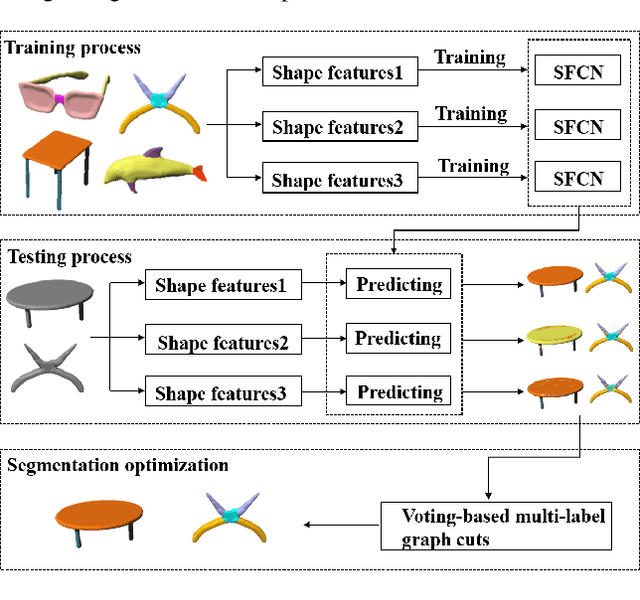
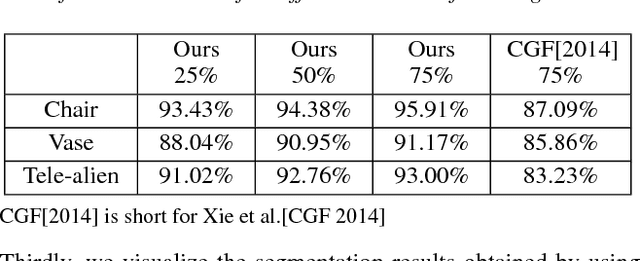
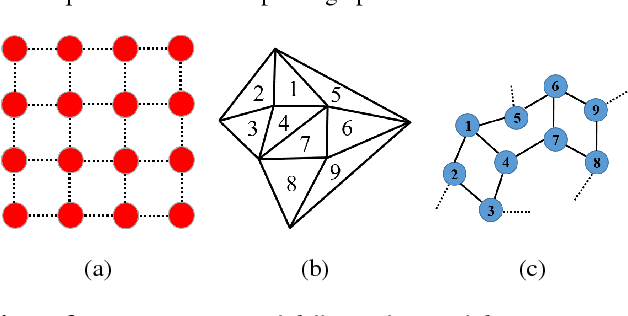
Abstract:We desgin a novel fully convolutional network architecture for shapes, denoted by Shape Fully Convolutional Networks (SFCN). 3D shapes are represented as graph structures in the SFCN architecture, based on novel graph convolution and pooling operations, which are similar to convolution and pooling operations used on images. Meanwhile, to build our SFCN architecture in the original image segmentation fully convolutional network (FCN) architecture, we also design and implement a generating operation} with bridging function. This ensures that the convolution and pooling operation we have designed can be successfully applied in the original FCN architecture. In this paper, we also present a new shape segmentation approach based on SFCN. Furthermore, we allow more general and challenging input, such as mixed datasets of different categories of shapes} which can prove the ability of our generalisation. In our approach, SFCNs are trained triangles-to-triangles by using three low-level geometric features as input. Finally, the feature voting-based multi-label graph cuts is adopted to optimise the segmentation results obtained by SFCN prediction. The experiment results show that our method can effectively learn and predict mixed shape datasets of either similar or different characteristics, and achieve excellent segmentation results.
* We update some missing references about intrinsic CNNs (2018.5.24)
 Add to Chrome
Add to Chrome Add to Firefox
Add to Firefox Add to Edge
Add to Edge